It is likely that when nitrogen trapped in the moon’s surface was heated into vapour form, it caused an explosion
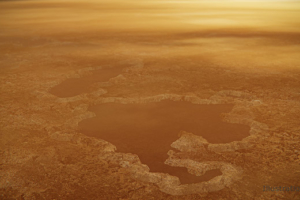 Solar System
Solar System

 Solar System
Solar System
It is likely that when nitrogen trapped in the moon’s surface was heated into vapour form, it caused an explosion
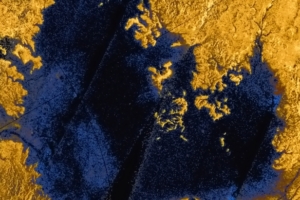 Solar System
Solar System
The analysis comes from the Cassini-Huygens mission that completed multiple flybys of the moon and even dropped a lander on the surface
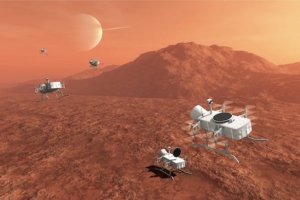 FutureTech
FutureTech
NASA’s innovative proposal to send a robotic dragonfly to scout Saturn’s largest moon
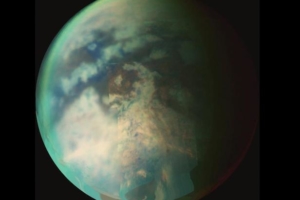 Solar System
Solar System
Using the former spacecraft Cassini, scientists have found evidence for rainfall near its north pole
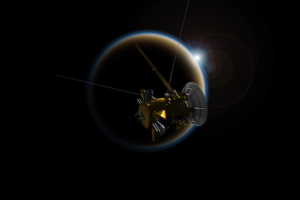 Solar System
Solar System
The last flyby of Saturn’s moon, Titan, showed its northern lakes and seas made up of liquid methane and ethane
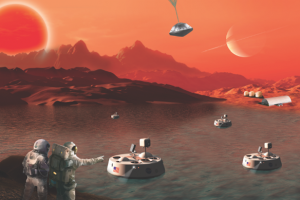 Space Exploration
Space Exploration
We find out what is required in order to put man on Saturn’s moon
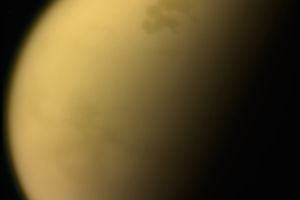 Solar System
Solar System
Researchers with NASA’s spacecraft have found evidence of a toxic hybrid ice in a wispy cloud high above the south pole of the large moon
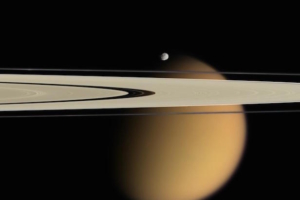 Solar System
Solar System
Heavy methane downpours produce erosive features similar to those found on Earth
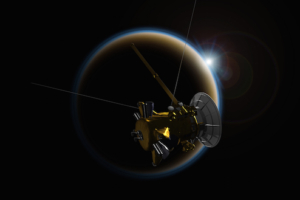 Solar System
Solar System
This last gravitational interaction with Titan will send Cassini into Saturn’s upper atmosphere
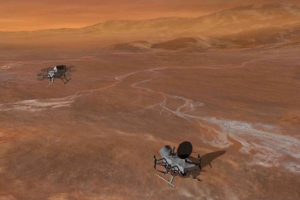 Space Exploration
Space Exploration
This mission has been proposed to NASA as the fourth expedition of their New Frontier program
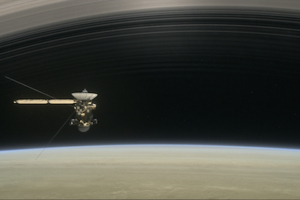 Solar System
Solar System
As the spacecraft approaches its Grand Finale, it is now attempting its closest ever observations of Saturn
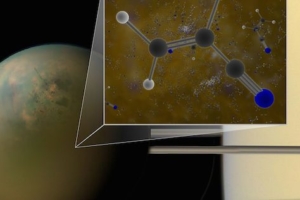 Solar System
Solar System
Archival data has confirmed that molecules of vinyl cyanide reside in the atmosphere of the ringed planet’s satellite
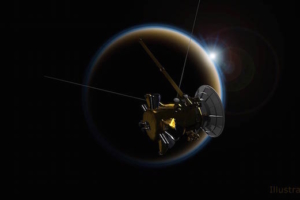 News
News
The flyby marks the mission’s final opportunity for up-close observations of the lakes and seas of liquid hydrocarbons that spread across the moon’s northern polar region
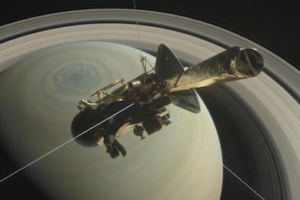 News
News
In orbit around the ringed planet since 2004, the spacecraft is about to begin the final chapter of its remarkable story
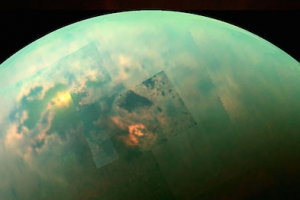 News
News
The hydrocarbon lakes and seas of Saturn’s moon might occasionally erupt with dramatic patches of bubbles
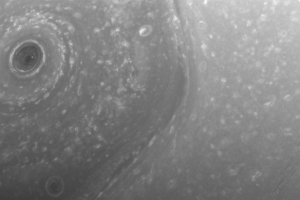 News
News
NASA’s spacecraft has sent its first views of the ringed planet’s atmosphere since beginning the latest phase of its mission
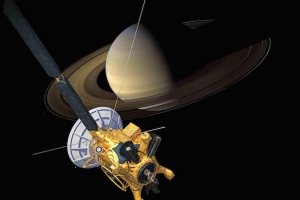 News
News
A thrilling ride is about to begin for NASA’s spacecraft…
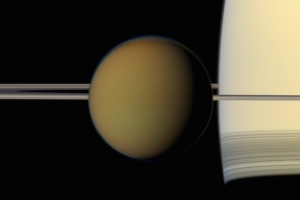 News
News
The puzzling appearance of an ice cloud on Saturn’s largest moon could possibly be similar to one seen over Earth’s poles
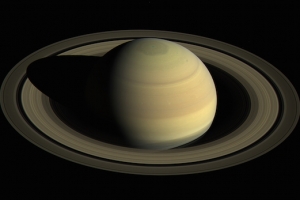 News
News
After more than 12 years studying the gas giant’s rings and moons, the spacecraft has entered the final year of its epic voyage
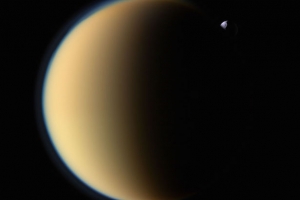 News
News
New scenes from a frigid alien landscape are coming to light in recent radar images of Saturn’s largest moon